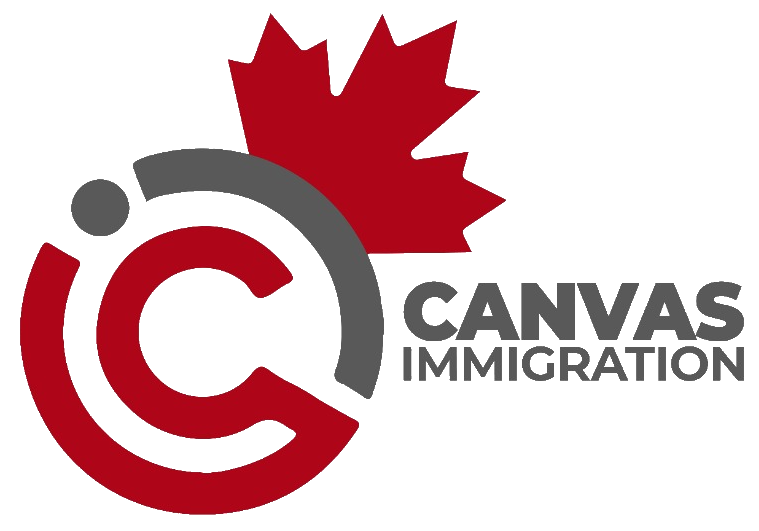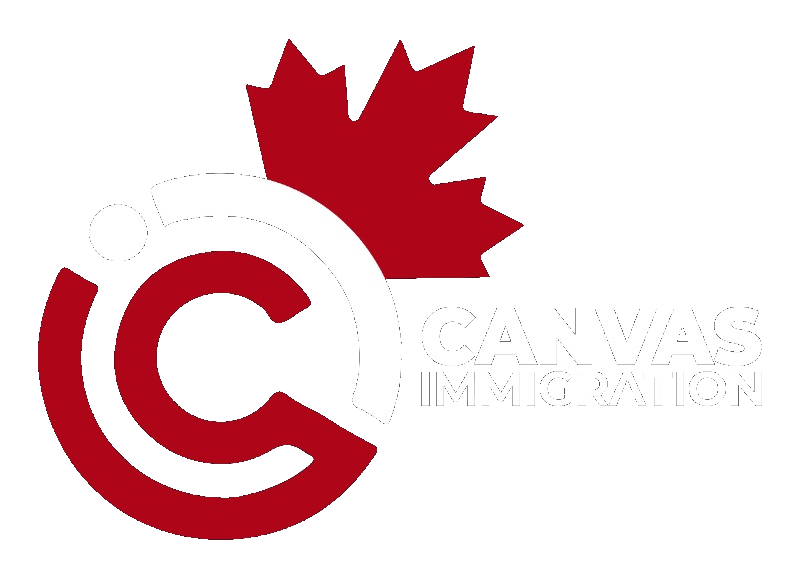Between now and November 1, Immigration Refugees and Citizenship Canada (IRCC) will table the 2025-2027 Immigration Levels Plan.
Historically, the Plan sets a target for the number of permanent residents that will be admitted to Canada in the coming year, with nominal targets for the two years after that, spanning a total of three years.
The Plan impacts more than Canada’s immigration objectives. It determines how the country’s population will increase, which in turn affects social systems, taxation, housing prices, healthcare, and labour market growth.
Discover if You Are Eligible for Canadian Immigration
However, this year will look different as Immigration Minister Marc Miller announced last March that temporary residents (those on work and study permits, as well as visitor visas) will be included in the Plan for the first time.
In 2023, there were over 2,500,000 temporary residents in Canada, accounting for 6.2% of the population. Miller says the upcoming Plan will target a reduction in the volume of temporary residents welcomed over the coming years, bringing that number down to 5% of Canada’s population over the next three years.
The exact number of temporary residents Canada will welcome in coming years has not yet been determined but looking back at announcements throughout the year, it may be possible to see some of IRCC’s plans for the years ahead and how it may impact the upcoming Plan.
Study Permits
In January this year, IRCC announced a cap on the number of study permits it would process for international students. The department said it expected to process 606,000 study permit applications and anticipated an approval rate of 360,000. This marks a 35% reduction in the number of permits processed in 2023.
The announcement came as something of a surprise, given that the minister had previously stated that he wasn’t in favour of setting caps or targets, especially regarding Canada’s international student program.
According to the minister, international students accounted for 42% of Canada’s temporary residents in 2023.
Also, in September, the minister announced that the department will be further reducing the number of permits processed in 2025 to 437,000, and that master’s and PhD students, previously exempt, would now be included in the cap.
Open Work Permits
In addition to the cap on study permits, IRCC has also indicated an intent to cut the number of Post-Graduation Work Permits (PGWPs) issued, as well as Spousal Open Work Permits (SOWP) over the next three years.
Specifically, the department has introduced several new eligibility requirements for PGWP applicants. Namely, they must be able to demonstrate a Canadian Language Benchmark (CLB) score of at least 7 if they are university graduates or CLB 5 if they are graduating from college.
In his remarks last month, the minister said he expects the changes to PGWP eligibility to result in 175,000 fewer permits being issued over the next three years.
Changes to the SOWP are expected to account for an additional reduction of approximately 50,000 temporary residents over the same period. Spouses of international master’s students may now only be eligible for a SOWP if their spouse’s master’s program 16 is months or longer, or if they are enrolled in a program IRCC has flagged as critical or in-demand.
Spouses of “highly skilled, specialized workers” will also remain eligible for SOWPs. However, the minister says this new criterion should account for a further reduction of 100,000 open work permits issued over the next three years.
Overall, this means IRCC expects to issue 325,000 fewer open work permits in the next three years.
Discover if You Are Eligible for Canadian Immigration
Closed Work Permits
There have also been announcements regarding how employers may use the Temporary Foreign Worker Program (TFWP).
Recently, Minister of Employment, Workforce Development and Official Languages, Randy Boissonnault has made several changes to employer eligibility to use the TFWP.
Notably, employers are no longer allowed to hire more than 10% of their total workforce through the TFWP. Further, the maximum duration of employment for workers hired through the Low-Wage stream has been reduced from two years to one year.
Also, although exceptions exist, IRCC will not process low-wage Labour Market Impact Assessments (LMIAs) from employers in Census Metropolitan Areas (CMAs) with an unemployment rate higher than 6%. The Minister did not provide an estimate of how these changes would reduce the number of temporary foreign workers in Canada.
Minister Boissonnault has spoken at length about Canadian employer’s “addiction” to the TFWP but says that the program was only ever meant to be used as a last resort.
Permanent residents
The Immigration Levels Plan 2024-2026 set a target of welcoming 500,000 permanent residents to Canada in 2025 and maintaining this target in 2026.
Permanent residents can be admitted through economic immigration, family class sponsorship, refugee and protected persons, and humanitarian lines of business.
Recently, Minister Miller has said that all options are on the table when it comes to the number of permanent residents Canada will admit in coming years and that changes would be “significant.”
He has indicated that he is considering a change in the “type of immigration Canada is supporting.”
Specifically, 60% of immigration to Canada focuses on economic immigrants, or those who are considered skilled workers, who will integrate into the national workforce and contribute to the economy. The minister told CTV news last summer that this level is “unprecedented” in comparison to many other countries.
Where is this coming from?
As the population continues to reach new milestones, Canadians have voiced concerns regarding the number of newcomers and the pressure they apply to a low stock of affordable housing, as well as additional strain on an already over-stretched healthcare system.
These are two key issues that are expected to influence the next federal election and were flagged in the 2023 Environics Institute report on Canadian support for immigration.
This report noted a significant drop in the level of support for immigration among Canadians compared to results in 2022. Canadians were unsure about the projected high level of immigration to come in the following years. Very few were found to have an issue with immigrants themselves.
Minister Miller has also noted that the number of temporary residents, especially international students, needs to be “reined in” to prevent bad actors from taking advantage of vulnerable newcomers who are often victims of scams or do not receive adequate support to thrive once they arrive in Canada.
Despite these concerns, both Miller and Boissonnault consistently note the cultural advantages of immigration, and that immigration is responsible for almost all of Canada’s labour force growth and that the government must be careful not to “overcorrect.”
Discover if You Are Eligible for Canadian Immigration

